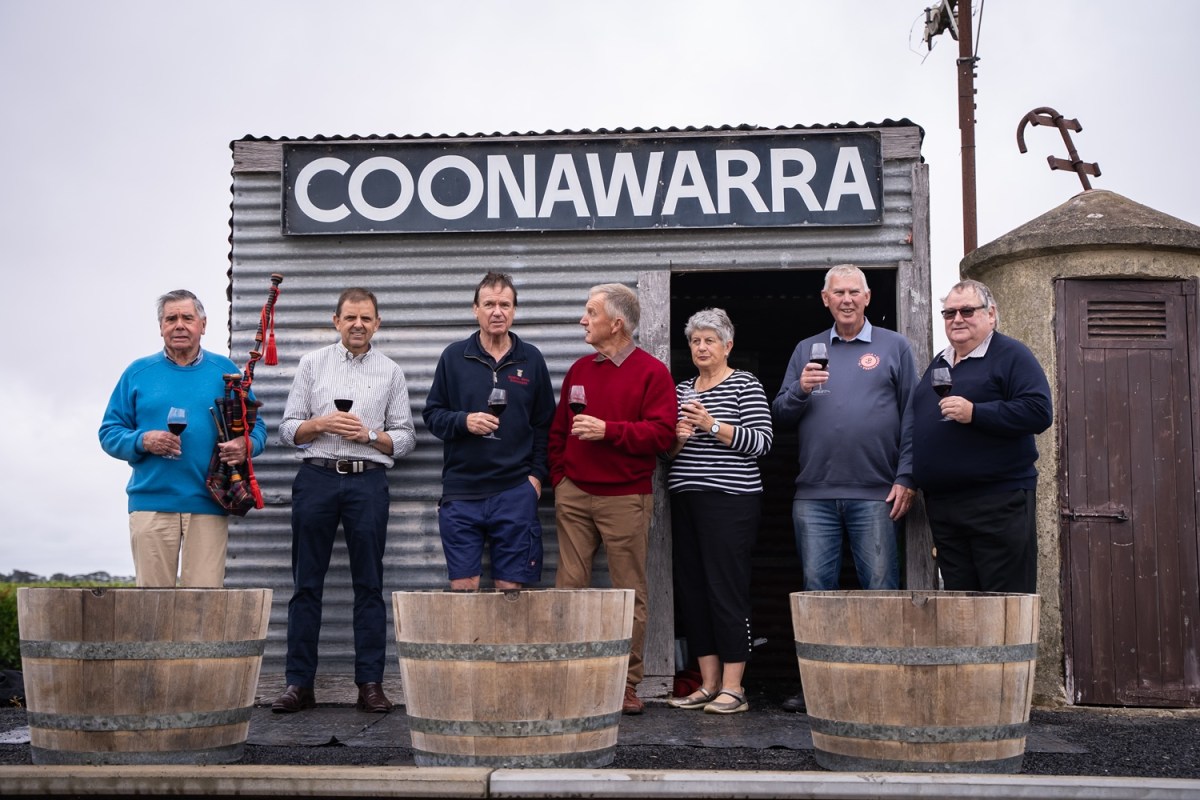Coonawarra winemakers have this week celebrated 130 years since the region’s first vintage with the focus turning to future-proofing the vineyards.
South Australia’s famous wine region has been producing Cabernet Sauvignon since 1895 and today it remains the major contributor to blends, representing 59 per cent of grapes in the 2025 vintage.
This history and vision for the future were showcased at The Coonawarra Tutorials in Sydney on 1 September where industry experts from Redman, Bellwether, Ottelia and Wynns presented a range of wines dating back to the 1960s. The same panel also promoted the region in Melbourne on 14 August.
Fourth-generation winemaker and President of Coonawarra Vignerons, Dan Redman, said now is a time to re-look at the wines from the region.
“[It means] recognising the 130-year-old past but embracing the subtle changes that are being made across the region to make Coonawarra more relevant than ever,” Redman said.
Coonawarra’s medium-bodied style of Cabernet Sauvignon continues to attract strong demand at home and abroad, according to Bellweather winemaker Sue Bell.
“Some of our Cabernet Sauvignon is the best it’s ever been,” Bell said.
“[We draw] upon extensive knowledge of the vineyard sites and [maintain] a medium-bodied approachable style.”
Future-proofing the region requires evolution, according to Wynns’ viticulturist Ben Harris, who noted the area’s unique agricultural attributes as the reason that world-class wines are continuously produced.
He said much has been done over the past decades to understand the soils and geology and how the distinct microclimates have allowed for different vinous expressions.
Many vineyards are enhancing biodiversity by planting native vegetation and building insectariums while others are planting climate-resistant grapevines with drought tolerance.
A joint venture between Treasury Wine Estates (TWE) and the CSIRO announced earlier this year is one such initiative which aims to safeguard the wine industry against climate and disease threats.
Genetics from TWE’s vineyards in South Australia’s Coonawarra and Barossa Valley wine regions have been blended with mildew-resistant traits developed through selective breeding by the CSIRO in a bid to protect the heritage vines.

